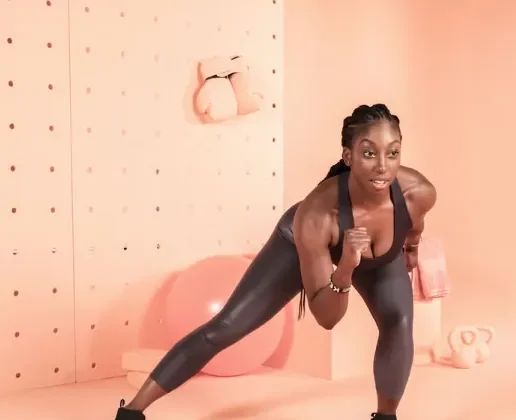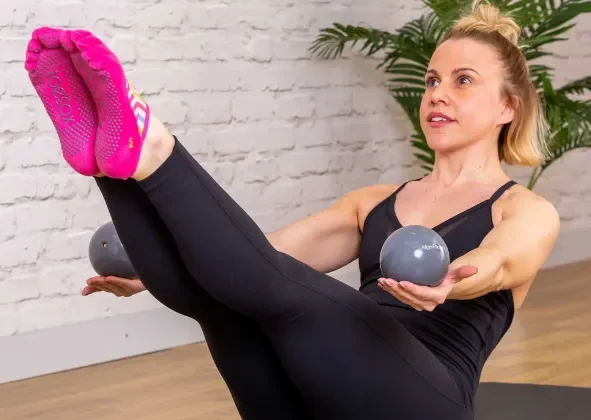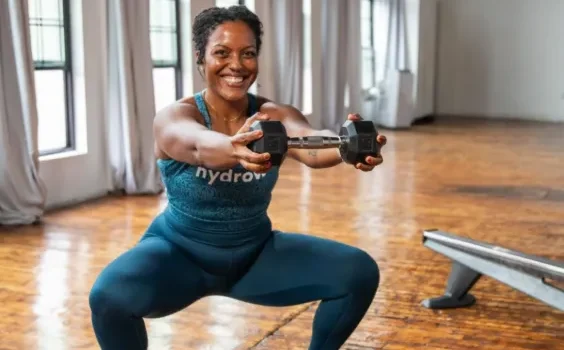
Carbohydrates often spark confusion and debate—should you avoid them or embrace them? With so many mixed messages about carbs, it’s easy to feel uncertain about how to incorporate them into your diet. As a Registered Dietitian Nutritionist, I’m here to clear up the confusion and help you understand the different types of carbohydrates, their health benefits, and which ones you should prioritize for a balanced lifestyle.
Why Are Carbohydrates Essential?
Let’s start with the basics: carbohydrates are not the enemy. In fact, they’re one of our body’s main sources of energy, crucial for fueling daily activities and supporting brain function. When we eat carbs, they break down into glucose, which our body uses to power every cell. So, it’s clear that carbs have an important place in your diet, but it’s about choosing the right kind.
Not All Carbs Are the Same
Carbohydrates come in various forms, and not all of them are equally beneficial for your health. Highly processed carbs often get a bad reputation, but it’s important to understand that not all carbs are inherently bad. Instead of thinking about carbs as “good” or “bad,” it’s more helpful to consider them as “better” or “worse,” based on their nutritional value and impact on your body.
Better Carbs: Whole, Natural Foods
The best carbohydrates to include in your diet are those from whole, natural sources. These include:
- Fruits
- Non-starchy vegetables (like broccoli, spinach, and zucchini)
- Starchy vegetables (such as potatoes and corn)
- Beans and legumes
- Whole grains (like quinoa, brown rice, and oats)
- Natural sweeteners like honey and maple syrup
These foods are typically rich in essential nutrients such as fiber, vitamins, minerals, and antioxidants. Fiber is especially important as it helps regulate digestion, keeps you feeling fuller for longer, and stabilizes blood sugar levels. When you eat high-fiber carbs, you’re less likely to crave sugary foods, which can derail your health goals. Additionally, fiber-rich foods support a healthy gut by feeding beneficial bacteria and protecting your digestive system.
For a balanced meal, aim to fill about 25-30% of your plate with grains or starchy vegetables, and the remaining 50% with non-starchy vegetables. Of course, individual needs may vary, especially for those with specific health or fitness goals.
Whenever possible, choose organic produce to minimize your exposure to pesticides and chemicals, which can negatively impact your overall health and contribute to inflammation, weight gain, and other health problems.
Worse Carbs: Highly Processed and Refined Foods
On the other hand, some carbs are best limited due to their low nutritional value and the harmful ingredients they contain. These include:
- Sugary snacks (like candy, pastries, and cookies)
- Refined grains (such as white bread, white rice, and white pasta)
- Fried foods (like potato chips and donuts)
- Sugary drinks (including soda, fruit juices, and energy drinks)
These processed carbs often have little to no nutritional benefit. They can spike blood sugar levels, leading to crashes that leave you feeling sluggish and hungry shortly after eating. Over time, the excessive consumption of these carbs can contribute to weight gain, inflammation, and other health issues.
Carbohydrate Needs Vary by Individual
It’s important to remember that everyone’s carbohydrate needs are different. Factors like age, activity level, metabolism, and health status can influence how much carbohydrate you should consume. For instance, athletes or individuals with high energy needs may benefit from more carbohydrates, even simple ones like fruit, to fuel their performance. On the other hand, people managing conditions like diabetes or digestive issues may need to be more cautious about their carbohydrate intake.
Tips for Choosing the Right Carbs
Here are some practical tips to help you make the best choices when it comes to carbohydrates:
- Prioritize whole foods: Fill your plate with fruits, vegetables, legumes, and whole grains. These foods offer more nutritional value, provide fiber, and help keep blood sugar levels stable.
- Mind your portions: Even healthy carbs should be eaten in moderation. Your total carbohydrate intake should ideally make up 45-65% of your daily calories, but this can vary based on your activity level and health goals.
- Listen to your body: Pay attention to how different carb sources make you feel. Some people may experience discomfort with gluten, sugary foods, or certain vegetables. Adjust your choices accordingly to find what works best for your body.
Conclusion
Carbohydrates are an essential part of a healthy diet, and choosing the right ones can help fuel your body, enhance brain function, and support overall well-being. The key is to focus on whole, natural sources of carbs, such as fruits, vegetables, and whole grains, while limiting processed options that offer little nutritional value. Nutrition isn’t a one-size-fits-all approach, so it’s important to find the balance that works best for your individual needs.



















